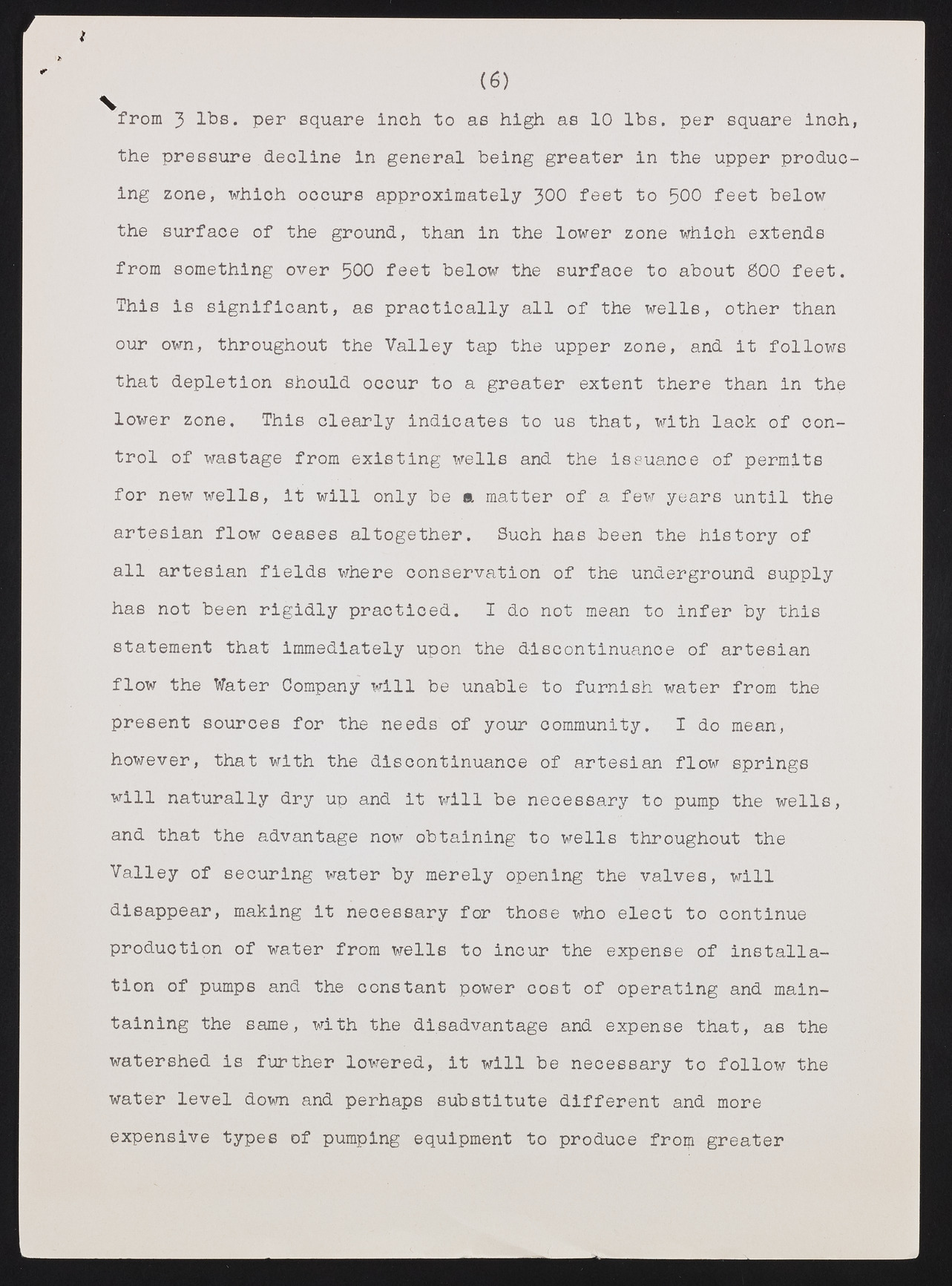Copyright & Fair-use Agreement
UNLV Special Collections provides copies of materials to facilitate private study, scholarship, or research. Material not in the public domain may be used according to fair use of copyrighted materials as defined by copyright law. Please cite us.
Please note that UNLV may not own the copyright to these materials and cannot provide permission to publish or distribute materials when UNLV is not the copyright holder. The user is solely responsible for determining the copyright status of materials and obtaining permission to use material from the copyright holder and for determining whether any permissions relating to any other rights are necessary for the intended use, and for obtaining all required permissions beyond that allowed by fair use.
Read more about our reproduction and use policy.
I agree.Information
Digital ID
Permalink
Details
More Info
Rights
Digital Provenance
Publisher
Transcription
from 3 lbs. per square inch, to as high as 10 lbs. per square inch the pressure decline in general being greater in the upper produc ing zone, whioh occurs approximately 300 feet to 500 feet below the surface of the ground, than in the lower zone which extends from something over 500 feet below the surface to about 000 feet. This is significant, a6 practically all of the wells, other than our own, throughout the Valley tap the upper zone, and it follows that depletion should occur to a greater extent there than in the lower zone. This clearly indicates to us that, with lack of control of wastage from existing wells and the issuance of permits for new wells, it will only be a matter of a few years until the artesian flow ceases altogether. Such has been the history of all artesian fields where conservation of the underground supply has not been rigidly practiced. I do not mean to infer by this statement that immediately upon the discontinuance of artesian flow the Water Company will be unable to furnish water from the present sources for the needs of your community. I do mean, however, that with the discontinuance of artesian flow springs will naturally dry up and it will be necessary to pump the wells, and that the advantage now obtaining to wells throughout the Valley of securing water by merely opening the valves, will disappear, making it necessary for those who elect to continue production of water from wells to incur the expense of installation of pumps and the constant power cost of operating and maintaining the same, with the disadvantage and expense that, as the watershed is further lowered, it will be necessary to follow the water level down and perhaps substitute different and more expensive types of pumping equipment to produce from greater

